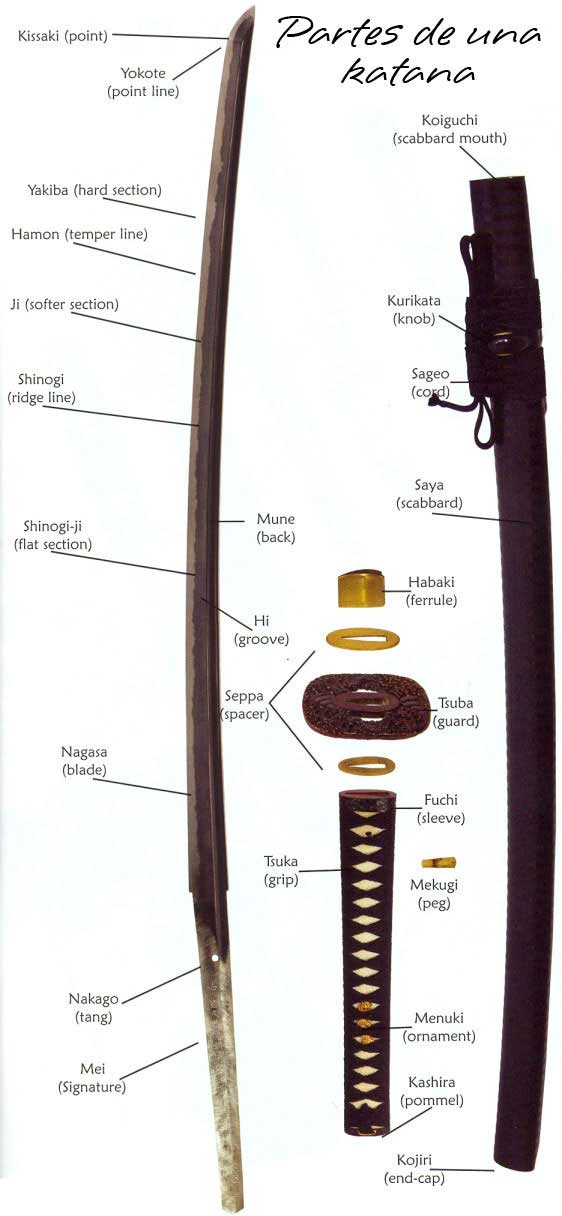What is the Tsuba?
The Tsuba is a characteristic handguard in the shape of a disc that is located at the base of the blade of a katana, the emblematic traditional Japanese sword. This piece is not only fundamental to the design of the katana but also serves various practical and aesthetic functions that add value to the weapon and reflect Japan's rich cultural heritage.
Practically, the role of the Tsuba is crucial. First, it acts as a protection for the bearer's hand, preventing it from accidentally sliding onto the sharp blade during use. This not only allows for safer handling but can also serve as a defensive element in combat situations. Furthermore, the Tsuba contributes to the balance and stability of the katana, making its grip more ergonomic and efficient in maneuvers.
In terms of aesthetics, the Tsuba is made from a variety of materials including iron, copper, and brass. Many Tsubas feature intricate designs and rich decorations that reflect the culture, lineage, and often the identity of the warrior who wields it. These miniaturized artworks can include representations of nature, mythology, and Japanese symbolism, making each Tsuba unique and laden with meaning.
Proper care of the Tsuba is vital to maintain its functionality and beauty over time. It should be regularly cleaned and lubricated to prevent oxidation and corrosion of the materials. It is also important to protect it from physical damage, such as scratches or blows, that could compromise its effectiveness and aesthetics.

In conclusion, the Tsuba is not only an essential component for safety and functionality in the use of the katana, but it is also an artistic expression that encapsulates the rich tradition of samurai culture. With appropriate care and respect, these pieces can maintain their splendor and continue to play a significant role in the practice of the samurai art.
















